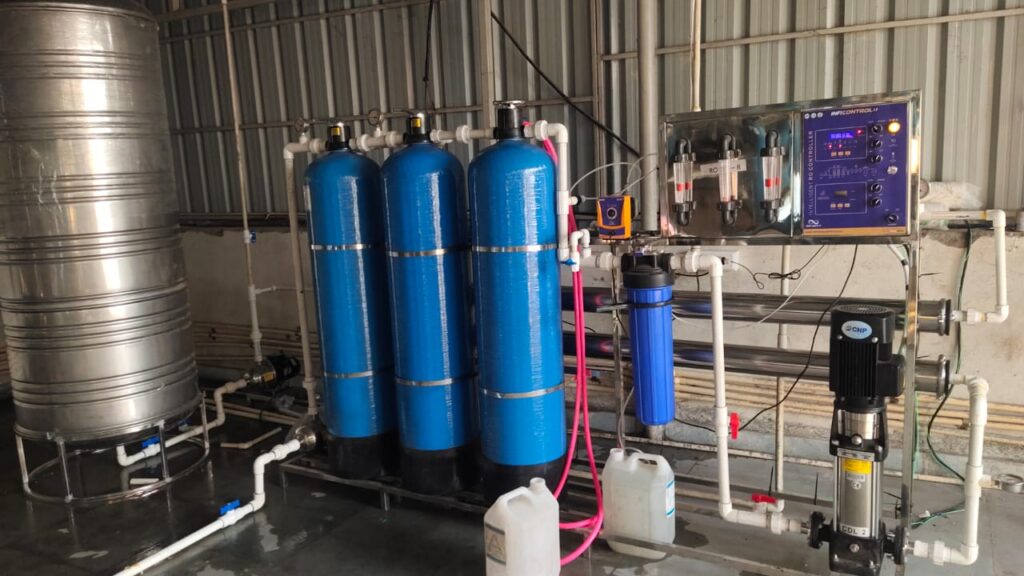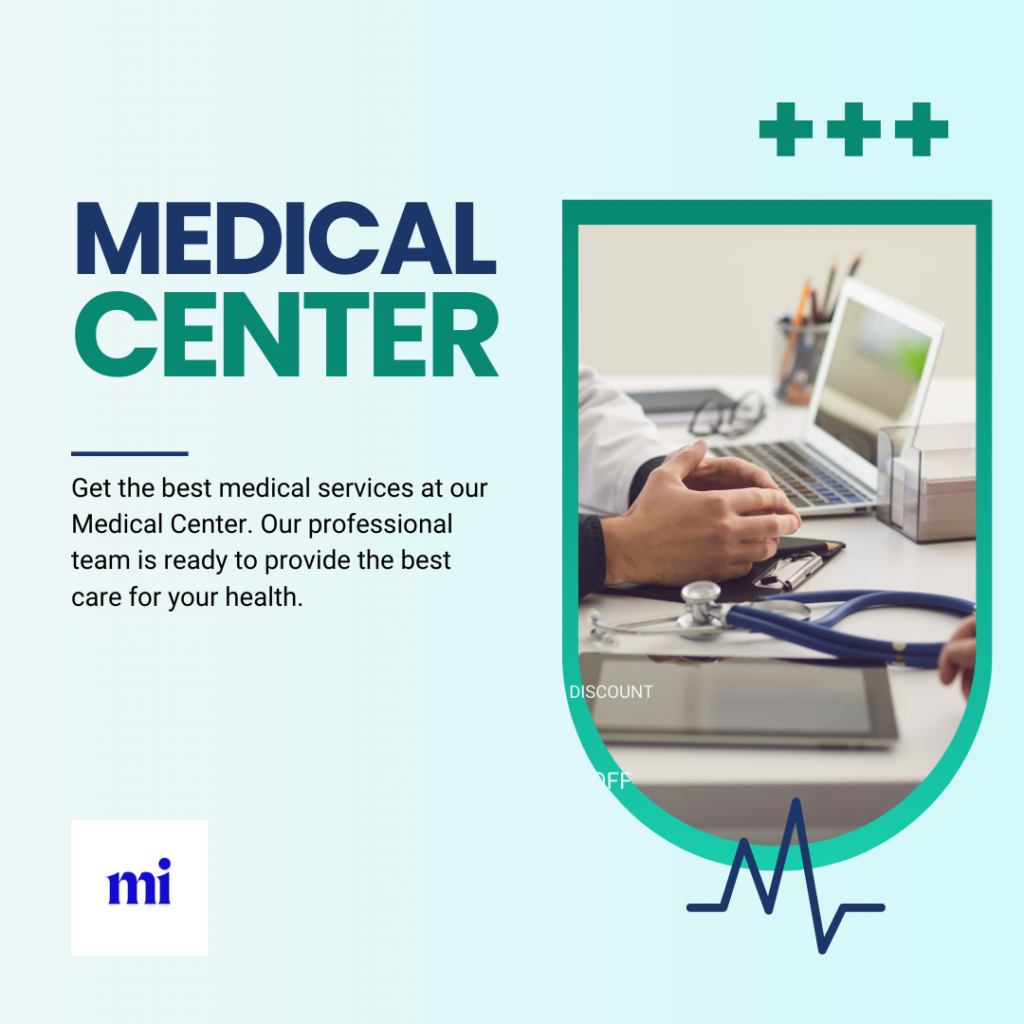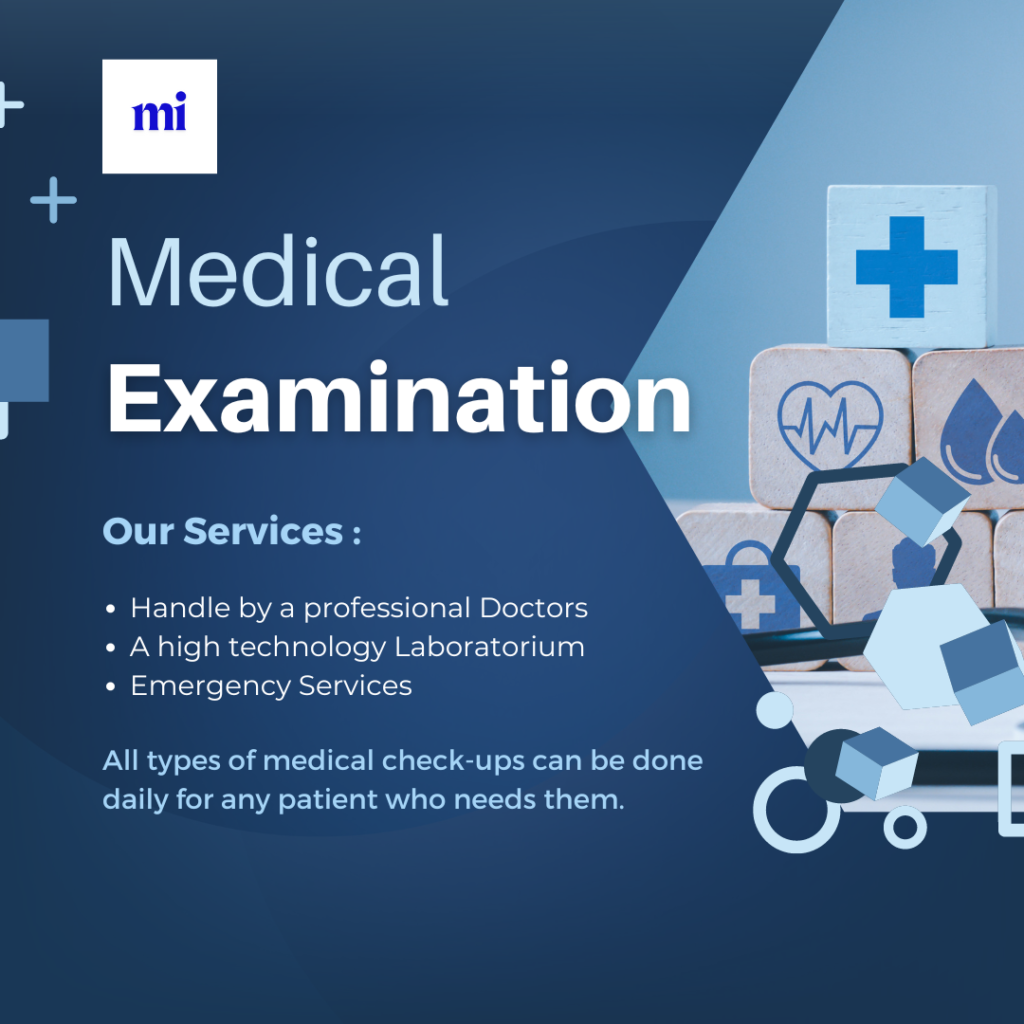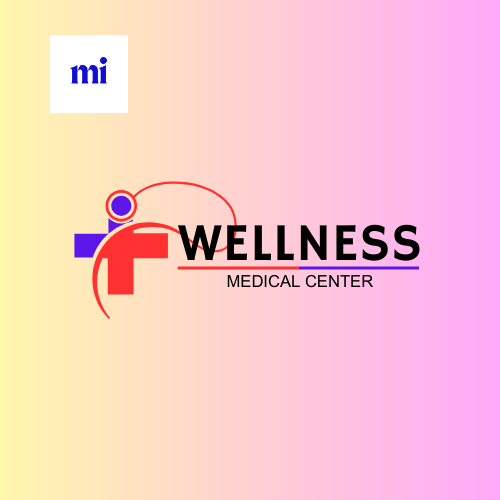Requirements and Applications-
Reverse osmosis (RO) systems are vital in medical institutions due to their ability to purify water to meet stringent quality standards necessary for patient care, laboratory work, and various medical processes. This explores the requirements and applications of reverse osmosis systems in medical settings, highlighting why their implementation is crucial and how they contribute to the overall quality and safety of medical services.

1. Introduction to Reverse Osmosis (RO):
Reverse osmosis is a water purification technology that removes contaminants from water by pushing it through a semipermeable membrane. The process effectively eliminates a wide range of impurities, including salts, organic compounds, and microorganisms. In medical institutions, the high purity of water is essential to prevent contamination and ensure the safety of medical procedures and treatments.
2. Importance of Water Purification in Medical Institutions:
Water quality is utmost in medical settings for several reasons:
Patient Safety: Contaminated water can lead to infections and complications in patients, particularly those with weakened immune systems.
Laboratory Accuracy: Many laboratory tests and experiments require high-purity water to ensure accurate results and avoid false readings.
Equipment Maintenance: Medical equipment, such as dialysis machines, autoclaves, and sterilizers, relies on purified water to function correctly and maintain their longevity.

3. Requirements for Reverse Osmosis Systems in Medical Institutions:
Medical institutions must adhere to specific requirements when implementing reverse osmosis systems to ensure they meet regulatory standards and operational needs. These requirements include:
3.1. Purity Standards:
The primary purpose of an RO system in a medical setting is to meet or exceed water purity standards. For example:
Pharmaceutical-grade Water: According to the United States Pharmacopeia (USP), water used in the preparation of pharmaceuticals must meet stringent purity criteria, including low levels of endotoxins and contaminants.
Clinical Grade Water: In healthcare, water used for dialysis must be highly purified to prevent complications such as infections.
3.2. Compliance with Regulatory Standards
Medical institutions must ensure their RO systems comply with relevant regulations and standards. These include:
FDA Regulations: The U.S. Food and Drug Administration (FDA) sets standards for water used in pharmaceutical manufacturing and medical devices.
ISO Standards: The International Organization for Standardization (ISO) provides guidelines for quality management and system performance, including those for water purification systems.
Local Health Authority Guidelines: Institutions must follow specific local regulations that may vary by region or country.
3.3. System Capacity and Scalability:
The RO system’s capacity must be aligned with the institution’s water demand. Factors to consider include:
Flow Rate: The system should provide sufficient water flow to meet peak usage times.
Scalability: Institutions should consider future growth and the potential need for system expansion.
3.4. Maintenance and Monitoring:
Effective maintenance and continuous monitoring are critical to ensuring the RO system’s performance:
Regular Maintenance: Scheduled maintenance is required to replace filters, membranes, and other components to ensure optimal performance.
Monitoring Systems: Advanced monitoring systems track water quality parameters such as pH, conductivity, and contaminant levels, providing real-time data to ensure the system’s reliability.

4. Applications of Reverse Osmosis Systems in Medical Institutions:
RO systems have various applications in medical institutions, each requiring specific configurations and quality levels:
4.1. Dialysis:
Dialysis requires ultrapure water to prevent complications such as dialysis-related infections. RO systems are crucial in producing the high-quality water needed for the dialysis process. The system must remove contaminants that could potentially cause adverse reactions in patients.
4.2. Laboratory Water:
In clinical and research laboratories, RO systems provide high-purity water necessary for experiments, reagent preparation, and instrument maintenance. The water quality must meet standards for conductivity, endotoxins, and microbial content to ensure accurate and reliable results.
4.3. Sterilization and Cleaning:
Autoclaves and other sterilization equipment require purified water to generate steam or perform cleaning. Impurities in water can affect the efficiency of sterilization and compromise the effectiveness of cleaning processes.
4.4. Pharmaceutical Manufacturing:
In hospitals with on-site pharmaceutical manufacturing, RO systems supply water for drug preparation and production. The water must meet specific criteria to ensure that the final products are safe and effective.
5. Challenges and Considerations:
While RO systems offer significant benefits, several challenges must be addressed:
Initial Cost: The capital investment for purchasing and installing RO systems can be high. Institutions must weigh the long-term benefits against the initial expenditure.
Ongoing Costs: Maintenance, replacement of filters and membranes, and energy consumption contribute to ongoing operational costs.
System Downtime: Regular maintenance and unexpected breakdowns can lead to system downtime, affecting water availability and institutional operations.

6. Future Trends and Innovations:
Advancements in RO technology are enhancing its application in medical institutions:
Energy-Efficient Systems: Newer RO systems are designed to be more energy-efficient, reducing operational costs and environmental impact.
Enhanced Membrane Technologies: Innovations in membrane materials are increasing the efficiency and lifespan of RO systems.
Conclusion:
Reverse osmosis systems play a critical role in maintaining the high standards of water quality required in medical institutions. They ensure the safety and efficacy of various medical processes, from patient treatment to laboratory research. By adhering to regulatory standards, maintaining system performance, medical institutions can effectively leverage RO systems to support their operational needs and enhance patient care.
The implementation and management of RO systems in medical institutions require careful consideration of technical specifications, regulatory compliance, and operational factors. As technology continues to evolve, the capabilities and benefits of RO systems will likely expand their importance in the healthcare sector.
.
